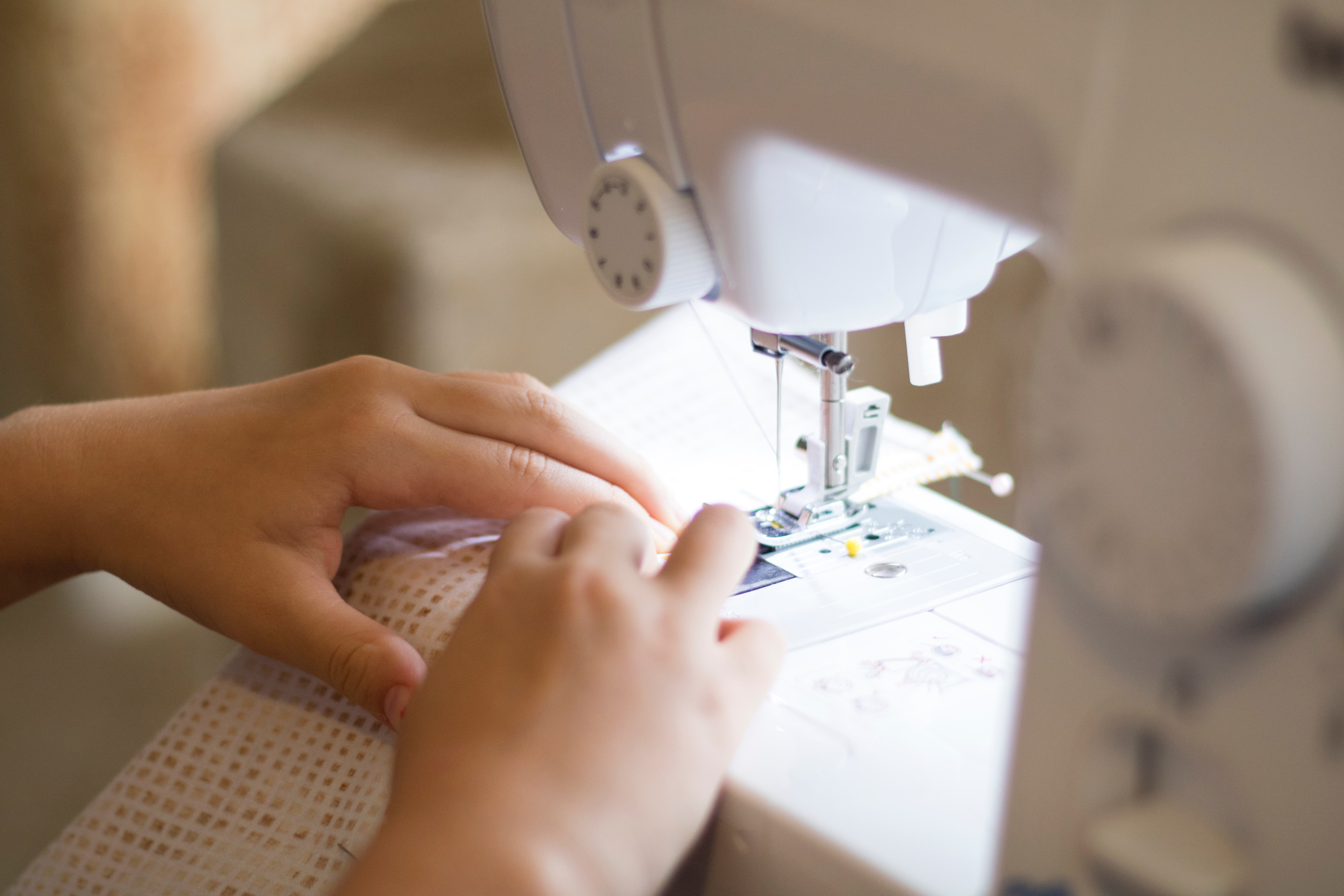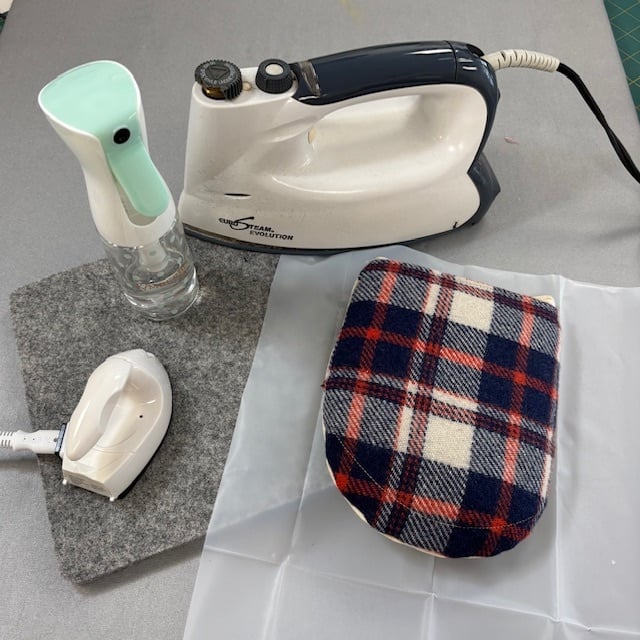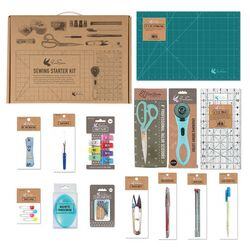Don’t Wait Until Your Sewing Machine Screams for Help!
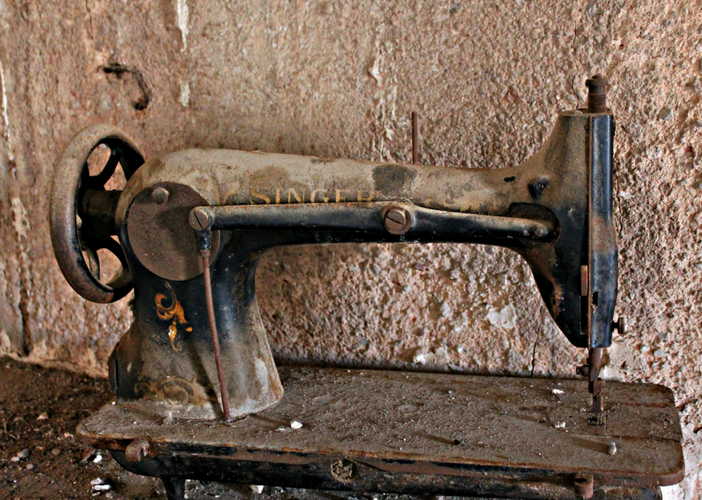
Let’s be honest: most of us don’t think about sewing machine maintenance until the handwheel won’t budge, the bobbin case is making noises only a poltergeist could love, or we’re holding a random screw in our hand saying, “Hmm… I wonder where this came from?”
Sound familiar? If so, don’t worry—you’re in good company. Every week, sewing shops like ours see machines come in looking like they’ve just survived a sewing marathon, an embroidery Olympics, or worse—a toddler with peanut butter fingers. And yet, with just a little regular maintenance, your faithful sewing partner could hum along smoothly for years without drama.
So let’s talk about why your machine deserves some TLC—and why waiting until something falls off is not the best plan.
The Handwheel of Doom
One of the most common moments of panic we see is when a customer comes in whispering, “The handwheel won’t turn.” This is always said with the same tone of horror as “My car won’t start,” or “There’s a spider in my shoe.”
By the time your handwheel has seized, your machine has been crying out for help for months. Dust, lint, old oil, and maybe even a bent needle have gummed things up inside. Imagine if you didn’t brush your teeth for three years and then wondered why your dentist gasped. (Spoiler: your sewing machine feels the same way.)
Regular oiling, cleaning, and a tune-up prevent that moment of dread when your machine suddenly becomes an expensive doorstop.
The Mystery Parts Bag
We also get the customers who walk in sheepishly holding a little ziplock bag of… well… machine organs. A screw here, a plate there, maybe a spring. They’ll say, “These just… fell off. From somewhere. Can you put them back?”
Friends, this is like bringing your mechanic a bag of car parts and saying, “I think they came from under the hood.” Sure, we’ll figure it out—but wouldn’t it be better if those parts never fell out in the first place?
A machine that’s serviced regularly won’t shed parts like an autumn tree. Everything stays where it belongs, and you don’t have to live with the worry that something important is rolling around in your sewing cabinet drawer.
Your Machine Wants to Be Your Partner
Think about everything your sewing machine does for you. It stitches through layers of denim, satin, fleece, or even the dreaded sequin fabric. It helps you create heirlooms, quilts, gifts, and clothes that actually fit.
Now imagine doing all that while clogged with dust bunnies, tangled with thread nests, and running on 10-year-old oil. Yikes!
When you bring your machine in for regular maintenance, you’re giving it a spa day. A good cleaning, fresh oiling, a check-up, maybe even a little adjustment—it’ll leave purring happily and ready to tackle your next project without complaint.
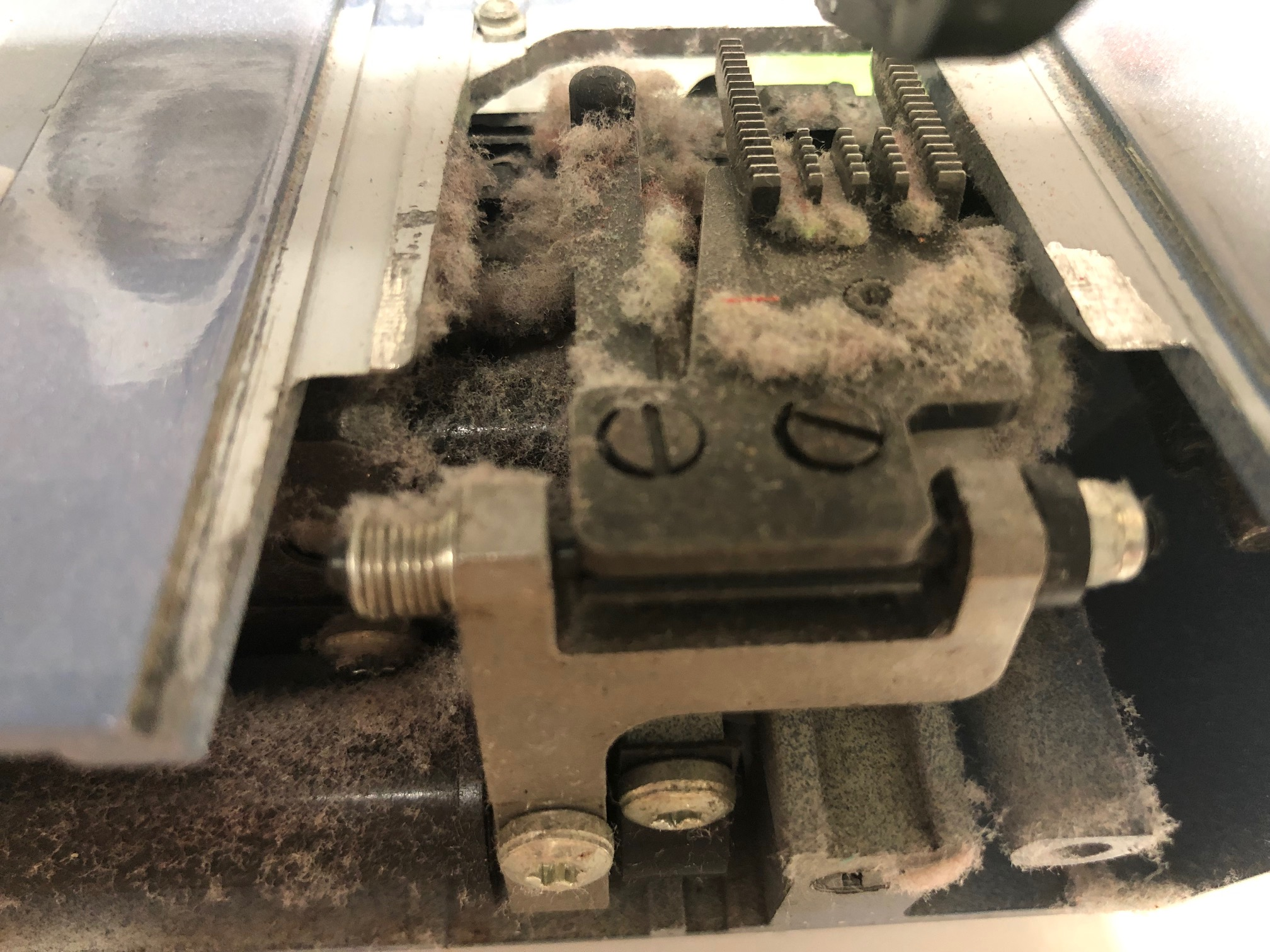
The Money-Saving Secret Nobody Talks About
Here’s the kicker: regular maintenance is actually cheaper in the long run. A simple tune-up prevents costly repairs later. Waiting until something breaks (like the timing, motor, or hook system) can turn into a repair bill that makes you wince.
It’s the same logic as changing the oil in your car. Ignore it, and eventually, the repair shop will be replacing your engine. Sewists, your machine is no different. Preventive care saves your wallet—and keeps you sewing instead of sulking.
Don’t Wait for the “Oh No!” Moment
The truth is, sewing machines are loyal little workhorses. They’ll keep going even when neglected—up to a point. But eventually, they’ll let you know enough is enough. Whether it’s a frozen handwheel, clunking noises, or random parts rattling loose, every machine has its breaking point.
But you don’t have to wait until then. Bring your sewing machine in for regular service—before the panic sets in. Think of it as an annual health checkup. A healthy machine makes for a happy sewist, smoother projects, and fewer midnight meltdowns when you’re rushing to finish a gift.
The Bottom Line
Treat your sewing machine right, and it will reward you with years of faithful service. Ignore it, and, well, don’t be surprised if it starts throwing screws at you in protest.
So do your machine (and yourself) a favor: schedule that maintenance before the next big project. Your stitches will thank you, your sanity will thank you, and best of all—your machine won’t plot revenge in the middle of your next quilt.
Because let’s face it: nobody wants to explain to their family why the holiday table runner turned into a wrestling match with the sewing machine.

 By
By
